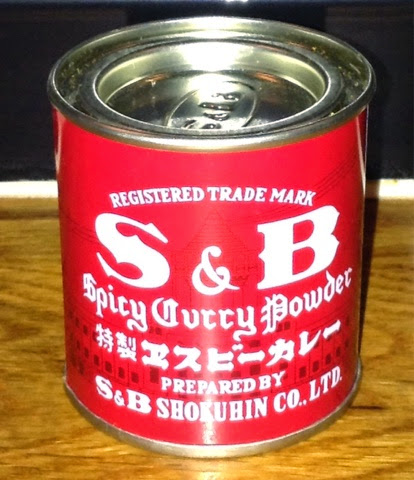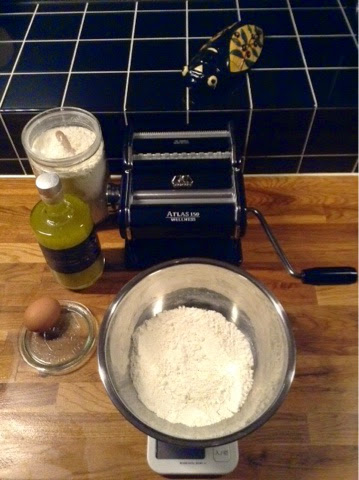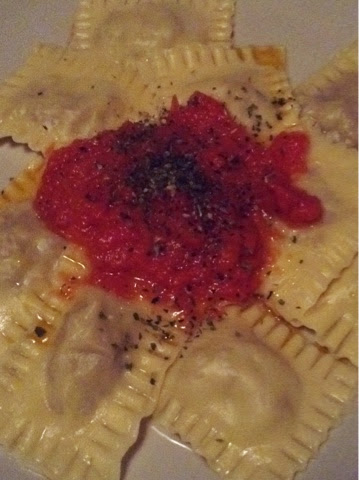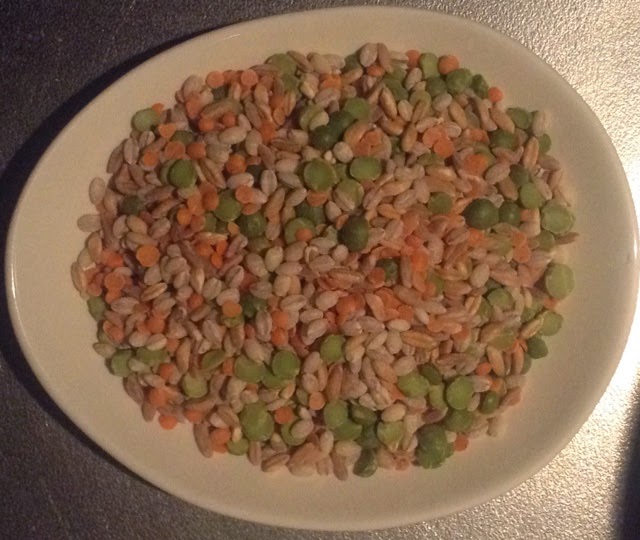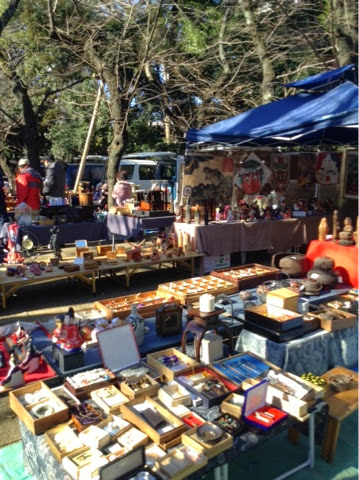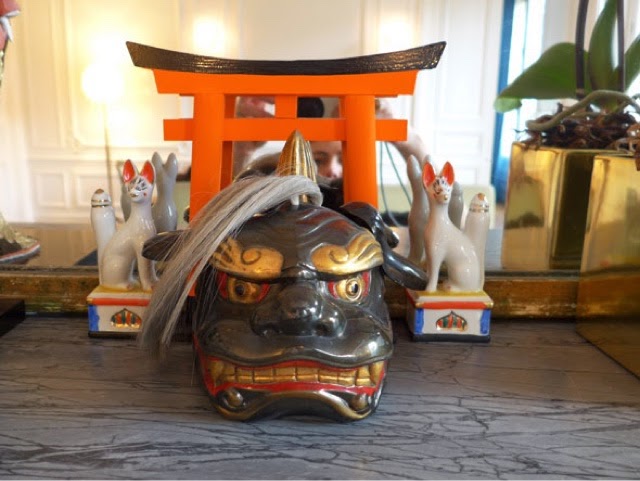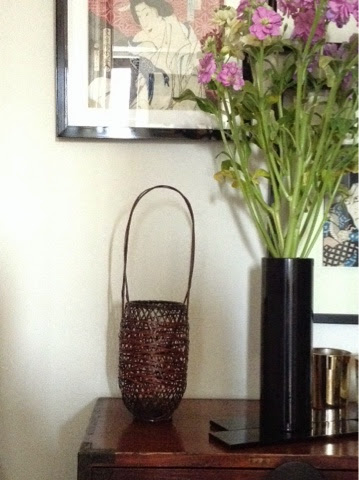I know it’s the easiest meal to cook and it requires actually not a single cooking skill, but it’s always delicious and simple to accomodate with a lot different side dishes depending on the season.
Taisho style
At first when we came to Japan I couldn’t get used to these Japanese-Western (wa-yo) style things: buildings, clothes, food… Everything looked like a pale copy of something we have in Europe or there is in the US, but with something wrong. The most significant period of that style is probably the Taisho era (around 1910-1925), after the many trials in the Meiji period, when the style started to be more stable and much established.
In terms of food my favorite is probably om-rice (オムライス), even it started in late Meiji. I’ll give you my recipe very soon!
There are fewer and fewer examples of Taisho architecture in Tokyo now because of a total lack of consciousness of these jewels (or maybe trying to ignore them for profits) and they are replaced one by one by ugly plastic prehab houses. But in areas such as Taito-ku north of Ueno, Ya-Ne-Sen between Taito-ku and Bunkyo-ku, or in Arakawa-ku around Senju and Kita-Senju it is still possible to see some along with some early Showa buildings.
 |
||
| Ukiyoe by Yumeji Takehisa present of the shamisen group |
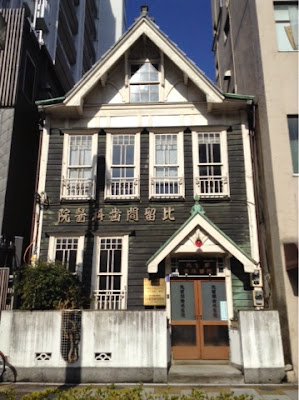 |
| Dentist office in Ueno established in 1900, and re- built in Showa 3/1928 |
An other excellent example is the Yasuda mansion near Sendagi (unfortunately rarely open to public) where it is possible to also enjoy interior design and original furnitures. More accessible yet less typical is the Asakura Chosho museum in Yanaka. Other options for a condensed viewing are open air museums where such houses have been moved to. There are two excellent places, the first is Meiji Mura near Nagoya in Inuyama, the other is the Tokyo Oedo Museum of Architecture in Koganei. It has a few exemplars that have been moved there for preservation.
The music that I’ve had the chance to be introduce to by my husband shamisen group of ha-uta has also given an interesting insight about customs and women liberalization at that time.
Regarding graphic arts, I really like ukiyoe from Yumeji Takehisa and Goyo Hashiguchi, and paintings from Kunitaro Suda for example. The museum of modern art in Hayama, besides being ideally located on Hayama beach, hosts many exhibitions during the year of Japanese painters covering that period and each is worth seeing.
But it is only very recently that I came across a fabulous book: Taisho chic, about the aesthetic of Taisho period that summarizes very well the trends at that time (architecture is not covered though) and I really recommend it if you want to understand this period of Japanese history.
Chick peas and spinach soup "my way"
After 2 days of cold rain, which is not so common, I needed a sunny and warm dish. Since I just bought Koganei-grown spinach I come up with the idea of chick peas and spinach soup. And the idea went very well for a ready-in-ten-minutes dinner!
Curry-rice
One of the easiest Japanese dish to cook is curry-rice (pronunce “karey-rayiss”). I like because it is quick to prepare, and it’s a warm dish you can make with whatever you have in the fridge: perfect for a Sunday lunch after spending hours in the cold treaming trees in the garden. You can use only vegetables, meat, fish or mix vegetables with meat or fish. The variety of ingredients has only the limit of your imagination! So once decided what to put inside it is super easy. I always start with an onion or a leek that I cook with a bit of oil (olive or not) or butter. Once almost brown I add carrots, sweet potatoes, potatoes, meat if any… And half cook them. Then I add a spoon of curry spice, the quantity depends on how strong you like your curry, I like mine tasty but not hot.
Classic ravioli
I love ravioli and in Japan it is not easy to find good ones. So the best option I’ve found is to make my own.
Who are the Tokyo-Paris sisters?
We are two real sisters Prunellia, the eldest and Gentiane (me!).
Another quick dinner fix
Hot veggie and bean soup for cold evening
Japanese winters are very sunny and dry in Tokyo area. If there is not too much wind day time sun is fairly warm, but as soon as it gets dark the temperature drops and it becomes freezing cold. A hot veggie soup is perfect to warm and rehydrate at the same time.
Flea market in Tokyo
There are several flea market in Tokyo selling pretty much everything, many for refurbish clothing and shoes. But if you’re looking for some Japanese old stuff and some antic my two best picks are Monzen Nakacho flea market and Yasukuni shrine flea market. The latter is my top favorite.
This time I found some bamboo baskets used as flower vase, but I’m thinking of using them as lamp shade for the country house… We’ll see…



